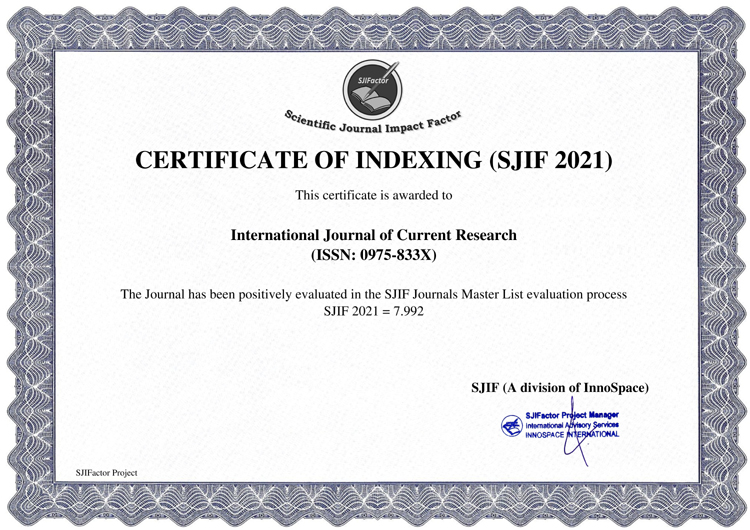Parsley belongs to the family Apiaceae (Umbelliferae), genus Petroselinum, and species Petroselinum crispum. Other scientific names are: P. hortense Hoffm., P. sativum Hoff., Carum petroselinum (L.) Benth. and Hook. F. Parsley has the following common names: English–parsley, Chinese–heung choi, Danish–persille, Dutch–peterselie, French–persil, German–petersilie, petersil, peterwurz (root), Greek-maintanos, makedonisi, petroselino, Hindi–ajmood, Italian–prezzemolo, Polish–pietruszka zwyczajna, Portuguese–salsa, Russian–petrushka, Spanish–perejil, Swedish–persilja. Parsley is mostly cultivated as an annual culinary herb and is widely grown in Europe and Western Asia. Parsley is to the Western world what cilantro (sometimes called Chinese parsley or coriander) is to the Eastern world. Most parts of the plant are used – the leaves, the above-ground herb and the seeds. The essential or volatile oils can be obtained through distillation. The volatile oil obtained from the above-ground herb has the aroma of the fresh herb and is marketed as herb oil. The volatile oil obtained from the seed has a unique distinctive flavour and is marketed as seed oil. It is interesting to note that the name ‘parsley’ originates from the name Petroselinum ascribed by Dioscorides. Later on, in the Middle Ages it became petrocilium and later expressed in the English language as petersylinge, persele, persley and finally parsley as it is known today. The name petroselinum is derived from the Greek word petros which means stone, referring to the plant’s habit of growing in rocky places. Selinon was the Greek word for parsley in ancient history. Parsley has been known in the Mediterranean region for about 2000 years, where it was cultivated as a medicinal plant. Parsley, a vital culinary and medicinal herb from the Apiaceae family, boasts significant nutritional and therapeutic benefits. Originated from the Mediterranean region, this wonderful herb is a coffer of many phenolic compounds and flavonoids such as apigenin and apiin, essential oils primarily consisting of myristicin and apiol, as well as coumarins. Genetic resources of parsley are considerably represented in ex situ collections worldwide, and the passport data can be retrieved from several database sources. Genetic diversity of this crop needs to be conserved with immediate attention to avoid genetic erosion. Decades of breeding efforts in parsley including selection and interspecific and intervarietal hybridization have led to the development of numerous high-yielding cultivars with biotic stress tolerance and enrichment in essential oil. Despite these achievements, the production potential of parsley of different categories remains significantly low. The growing demand for high and sustainable parsley production drives the scientific communities to increase breeding efficiency, ensuring a continuous supply of improved cultivars. Integration of conventional breeding strategies with cutting-edge molecular breeding tools deploying genomic resources can pave the way for cultivar development in shortest possible time. Pressing need has been felt to enrich the genomic resources vis a vis genetic resources toward development of high-yielding parsley cultivars with key adaptive traits against the climatic vagaries along with nutritional benefit and therapeutic importance. In this review article on Origin, Taxonomy, Botanical Description, Genetic Diversity, Breeding and Cultivation of Parsley are discussed.





